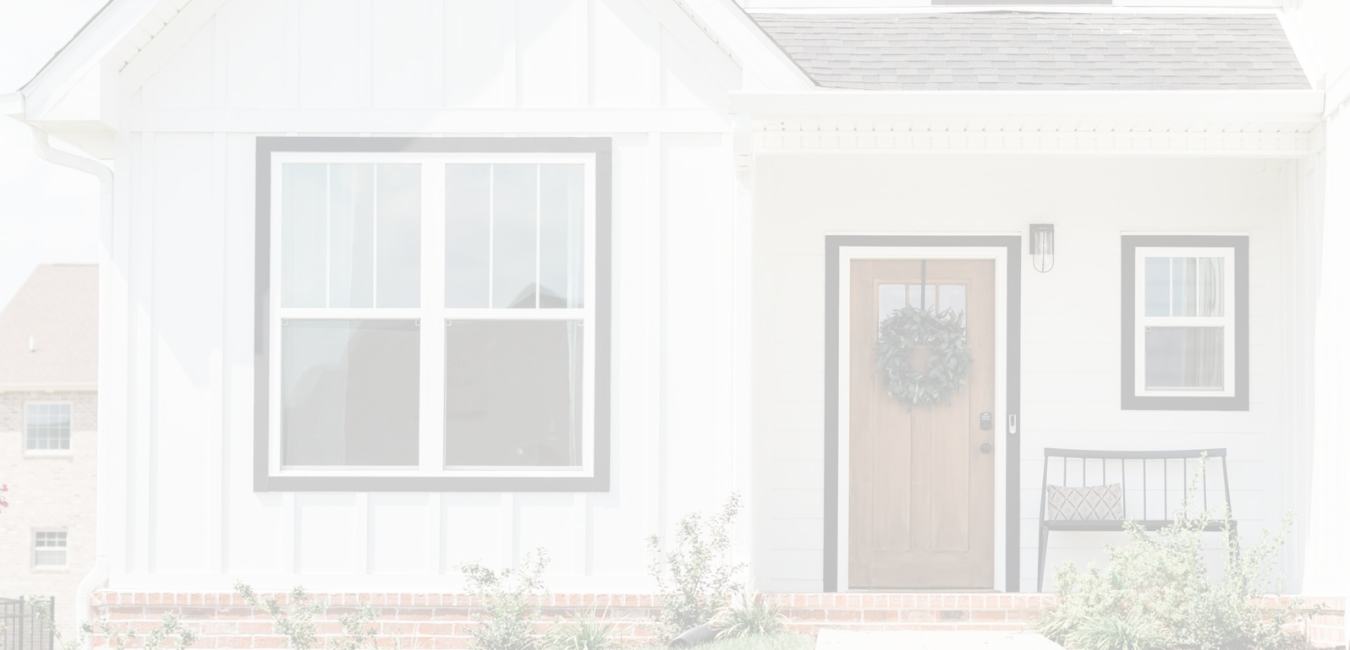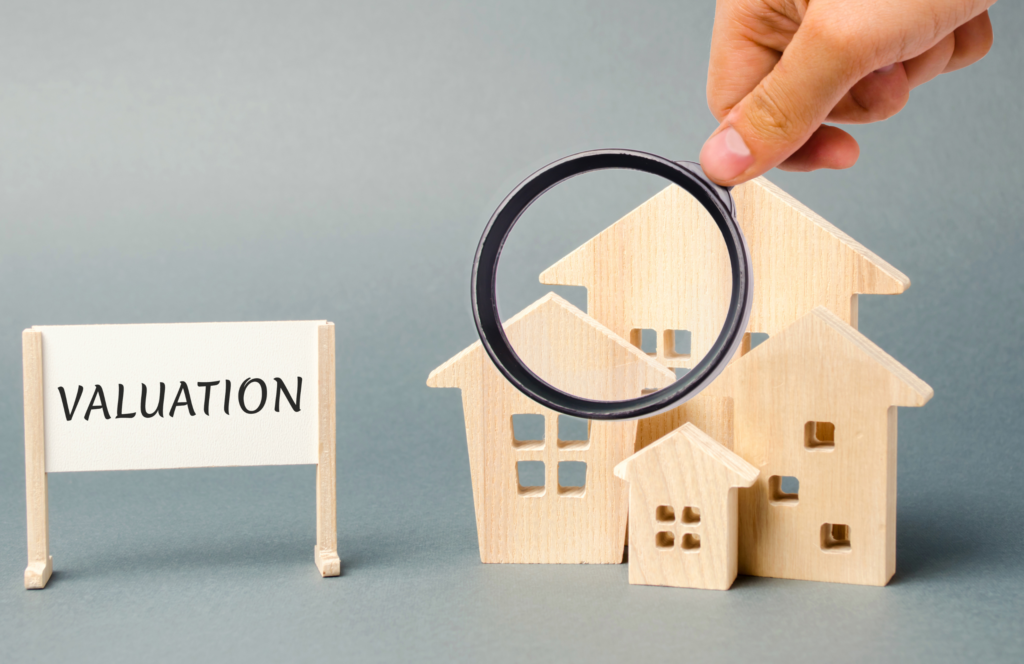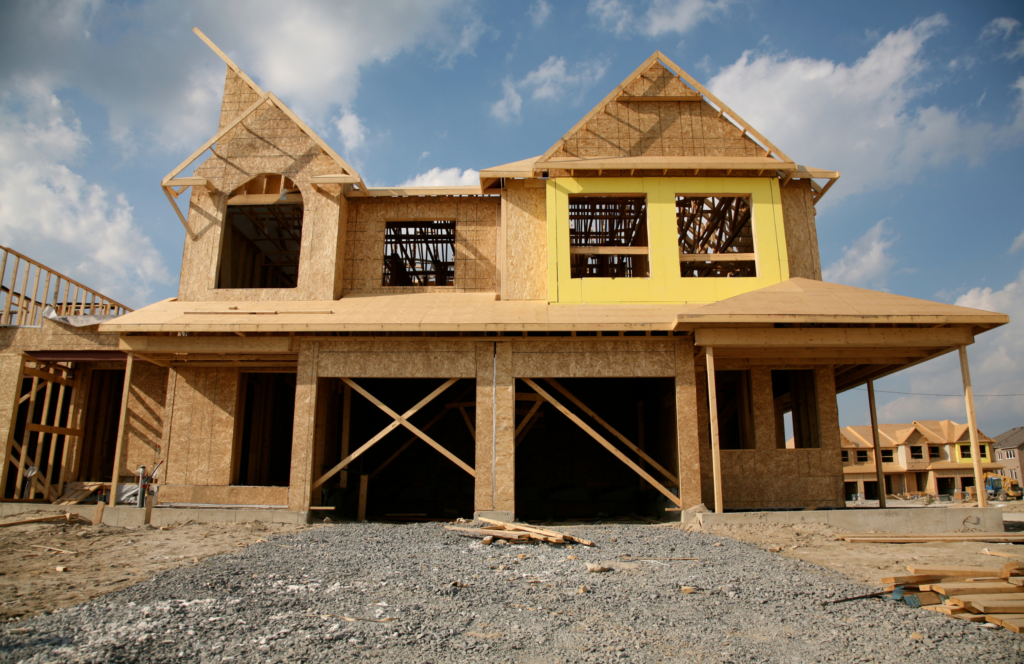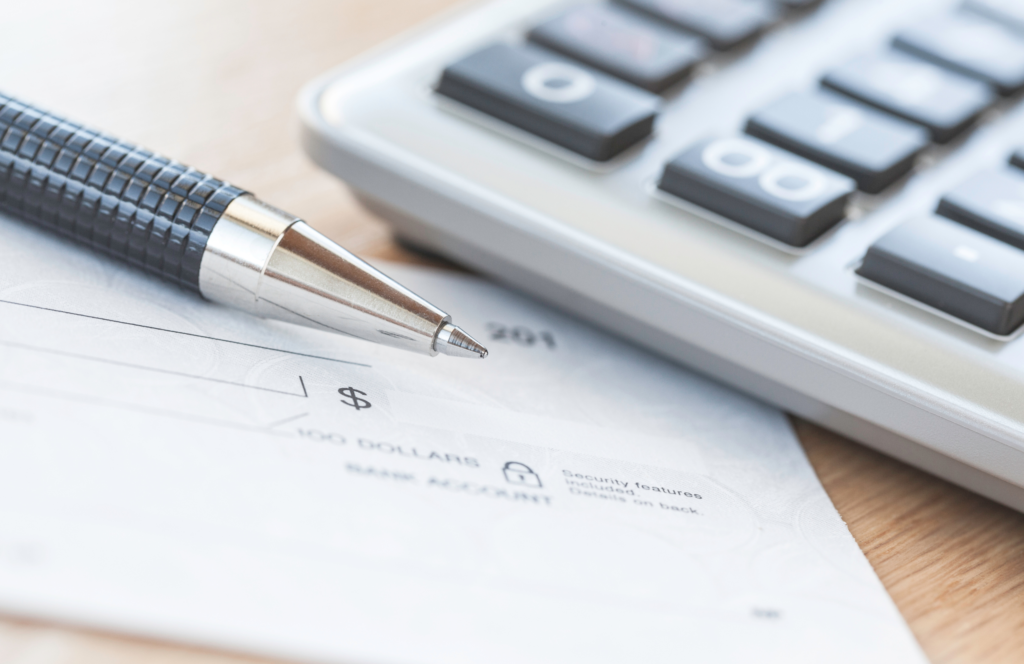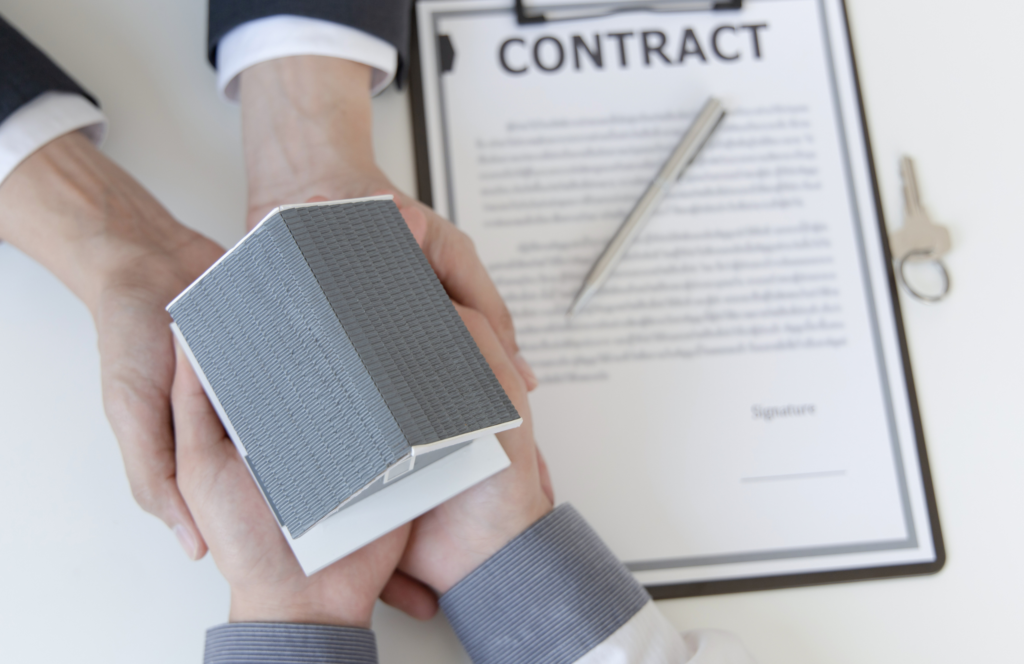
Congratulations, dear seller! You’ve accepted an offer on your home, and now it’s time to embark on the exciting yet sometimes unpredictable journey towards closing. Buckle up and let me be your trusty co-pilot as we explore what to expect during this crucial phase. From inspections to appraisals, we’ll cover it all. So, let’s get this show on the road!
Inspections: The Sherlock Holmes of Homebuying
First up, inspections! Once the ink is dry on the contract, the buyer will typically conduct a thorough examination of your home. They’ll bring in their trusted inspectors to search for hidden surprises like a damaged roof or electrical gremlins. If any issues are discovered, the buyers may ask for price adjustments or repairs. But fear not! This is all part of the process. Negotiations may ensue, and together we’ll find a solution that keeps everyone’s wheels turning smoothly.
Other Contingencies: The Hitchhikers on the Road to Closing
Now, let’s talk contingencies—those important checkpoints that join the ride. The most common ones are the inspection contingency, financing contingency, appraisal contingency, survey, and title insurance. Think of them as necessary steps to ensure a smooth and secure transaction.
Ah, financing contingency—a vital companion on this journey. This contingency ensures that the buyer can secure a mortgage loan to purchase your home. While they may have already provided a pre-approval letter, there are still steps to navigate before they receive the “clear-to-close” from their lender. Patience is key here, as the buyers go through the mortgage process.
Next, we have the appraisal contingency. The lender wants to make sure they’re paying a fair price for your abode, so they’ll request an appraisal. If the appraisal value comes in lower than the agreed-upon price, the buyers may have the option to negotiate a new price or reconsider the deal. This is why it’s essential to price your home accurately from the start. Don’t worry, we’ve got this!
The survey—a document that maps out the boundaries and improvements on your property. Some buyers may choose to have a survey done to ensure they understand the lay of the land. If any conditions hinder the buyer’s use of the property, they may have the option to back out. But let’s stay focused and remember that challenges along the way don’t mean we can’t reach our destination!
Last but not least, we have title insurance—a vital piece of the puzzle. As the seller, you’ll need to provide the buyer with an insurance policy that protects their interest in the property from any unpaid or fraudulent liens. It’s like wrapping their ownership in a cozy security blanket.
Closing: The Final Destination
After successfully navigating inspections, contingencies, and all the twists and turns, we finally arrive at our destination—closing! This is where the magic happens, and ownership transfers from you to the buyer. It’s a celebration, my friend—a time to exchange keys, sign documents, and toast to a successful journey.
So, dear seller, fear not the road ahead. With my guidance, we’ll navigate the path from offer acceptance to closing with ease. Remember, it’s not just about reaching the destination; it’s about enjoying the journey along the way. So fasten your seatbelt, hold on tight, and let’s make this ride a memorable one!

